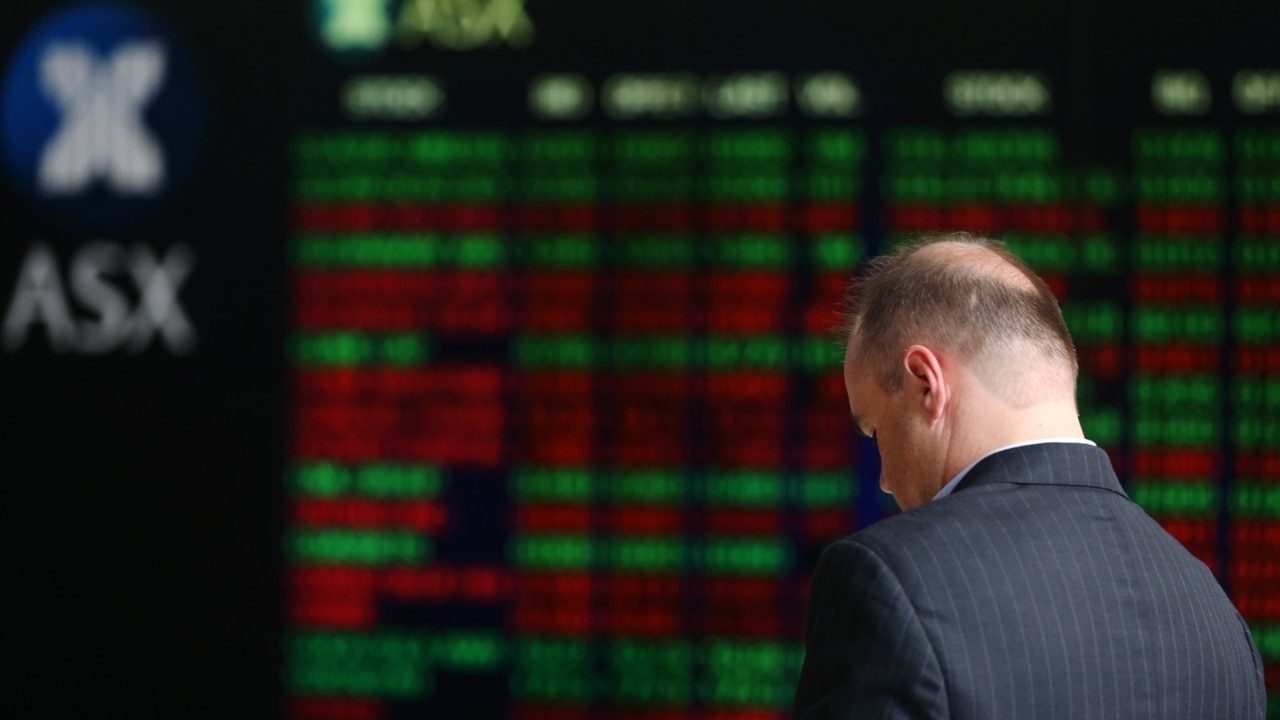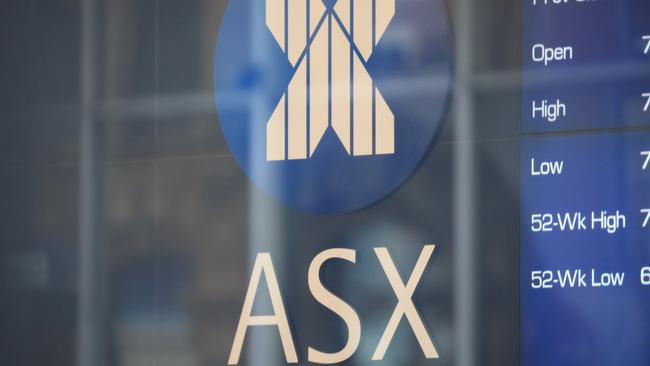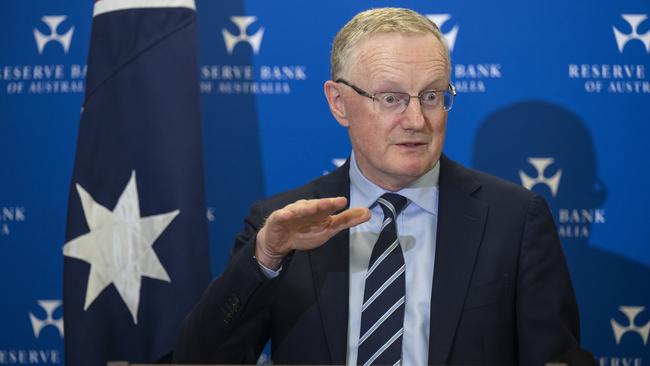Can the ASX 200 maintain its position as the global top performing market?
The past financial year saw the first “meaningful outperformance” against the global index since 2005, according to JP Morgan.

The ASX 200 delivered its largest outperformance of the global market in almost two decades, according to JP Morgan – and it is well positioned to do so again.
Authored by Jason Steed and Emily Macpherson, the investment bank said the past financial year saw the first “meaningful outperformance” against the MSCI World index since 2005, an outcome spread across 80 per cent of the market’s sectors.
The question is, will the local market continue to outperform the rest of the world this year?
The JP Morgan commentary came as the ASX’s monthly activity report for June showed $21.6bn in capital raised for the month, up 35 per cent on the previous corresponding period.
There are now 2317 listed entities as of June 30, up 4 per cent over the financial year. There were 217 new listings in the year – compared with 176 one earlier – and 128 delistings.
More than $58.8bn of initial capital was raised in the financial year, compared with $40.6bn one year earlier.
“It’s been a real tale of two halves,” said James Posnett, general manager of listings at the ASX. “The first half of the year was the best half by number of listings since 2007.

“This half, the markets have not been very favourable and this (calendar) year to date we have done 67 admissions out of the 217 (for the financial year).”
Mr Posnett – whose team spruiks around the world the advantages of listing on the ASX – added it was a boom in junior mining companies, driven by elevated commodities prices, that had pushed up the activity.
“Other sectors, it’s been extremely quiet and that’s just a reflection of the global market and the geopolitical issues we’re seeing at the moment,” he said.
According to JP Morgan’s Mr Steed and Ms Macpherson, the local economic backdrop shows a clear divergence from others – “a clear positive for the Australian market”.
“In comparison to the likes of the US and UK, the Australian macro backdrop looks relatively benign,” the analysts wrote in a note to clients.
“Inflation is running at 5.1 per cent and wage growth at 2.4 per cent, both of which are below the rates being experienced in other markets. While our economists and consensus project both to rise into year-end, the high is expected to be well below other (markets).”

The ASX 200 outperformed the MSCI World index by 761 basis points in the past year. The Utilities sector saw the biggest outperformance – 32.3 per cent – followed by Communications, Industrials, Materials and Energy. Only Healthcare and IT underperformed other developed markets.
Australia continues to offer significantly higher dividend yields – 5.1 per cent against just 2.2 per cent in other developed markets – leading to a record high yield gap, the JP Morgan research notes.
“Less intense inflation, a weaker wage impulse and strong participation should result in less pressure on the Reserve Bank, with this dynamic clear in our local economists’ cash rate projections vs. those for the US Federal Reserve and Bank of England,” Mr Steed and Ms Macpherson write.
Others are not so sure. Matthew Haupt, a portfolio manager at Wilson Asset Management, said a concentration of resource stocks had been one reason that the ASX 200 had outperformed this year.
“We also have quite a high energy sector weighting, and oil has been a very good commodity,” Mr Haupt told The Australian.
“In June we started to see the cracks in the commodities markets, and that’s continuing in July as a function of slowing economies globally … There are tightening financial conditions (that have) put resources under pressure, so that’s going to be a headwind for the Australian market.

“The Reserve Bank was probably the most dovish central bank for a large part of the year so that gave a pretty good backdrop for the Australian equity market and held our currency down.
“That’s the combination that would be the biggest factors. The (US Federal Reserve) was fairly hawkish compared to (RBA governor) Phil Lowe, although Lowe eventually flipped,” he added.
The combination of inflation fears, rising interest rates and geopolitical uncertainty has also brought investors in exchange-traded funds closer to home, according to figures compiled by BetaShares, one of the largest providers in the country.
For the ETF industry, international equities exposures have historically tended to receive a higher share of flows than locally focused products. But between January and May, Australian equities ETFs saw net inflows of some $2.39bn while international equities products saw net inflows of $1.74bn.
That is the first extended period where flows into Australian equity ETFs has outpaced international products since January 2021.
BetaShares said its strongest net inflows have been to its Australia 200 ETF product.





To join the conversation, please log in. Don't have an account? Register
Join the conversation, you are commenting as Logout